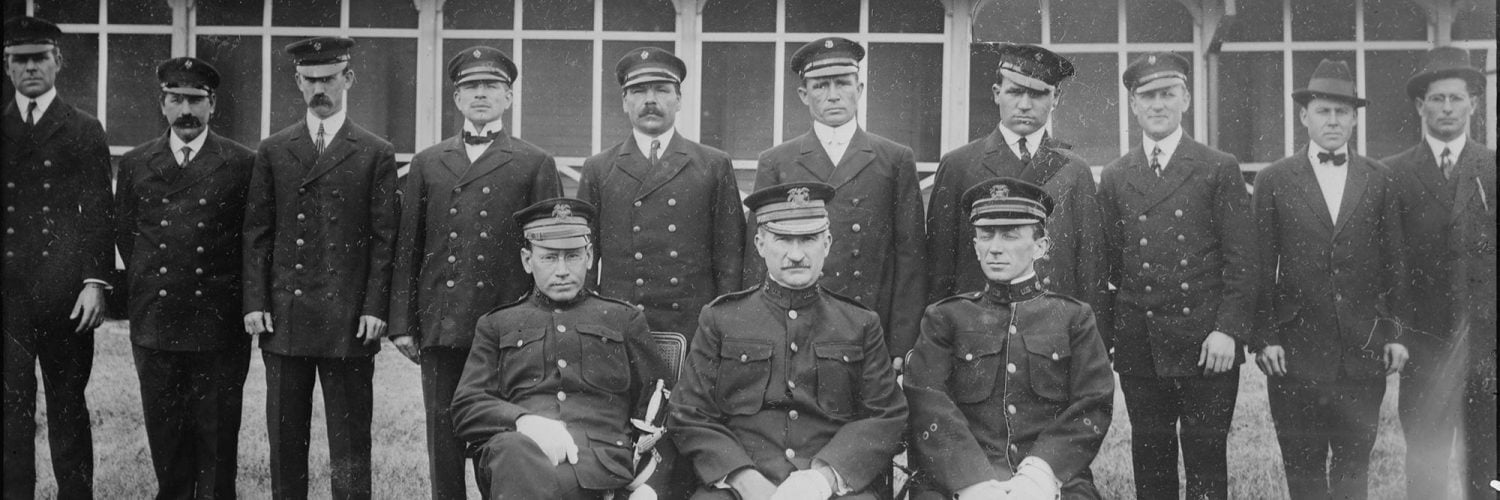The Galveston Historic Seaport has compiled the nation’s only computerized listing of immigrants to Galveston, Texas. The museum’s immigration exhibit features text and historic photographs illustrating Galveston’s role in immigration history and the major organized immigration movements of the 19th and 20th Centuries. Computer terminals in the exhibit area allow visitors to search for information taken from ships’ passenger manifests pertaining to their ancestors’ arrival in Texas. For your convenience, the database is also available online.
In addition, the Galveston County District Clerk provides a web-based portal for immigration records. That can be accessed here.
What information is provided? The database includes names of passengers and members of their traveling parties, age, gender, occupation, country of origin, ship name, dates of departure and arrival, and destination in the United States. Information is also provided for a small number of ship arrivals. The ship database includes ship name, type of ship, master, home port of ship, arrival date at Galveston, port of departure, destination port, tonnage, number of immigrants, shipowner, and citation source.
Searches of the Galveston Immigration Database are based on surnames – the family’s last name. The first data retrieved is a table of all the last names that match the last name of the search. If an exact match is not found, a table of names closest to the spelling of the search name will appear on the screen.
The passenger arrival records normally listed people traveling together as a single record and included several first names. When these records were entered into the database, space limitations allowed a maximum of 7 names to be recorded as a single “family unit”. If there were more than 7 people in the traveling family unit, the information was split into two records. This explains why, if you find several people with the same last name, it is possible that when you view the record for that family, you will see the same family details page.
The majority of the people who came to Galveston were either single men or wives with children. There were many complete families, but more often they came at different times. Usually, one of the male family members immigrated first, to make enough money to afford to send for the rest of the family.
How was this information gathered? The museum staff transferred records from microfilm of Department of Justice Immigration and Naturalization Service passenger manifests from the National Archives, books containing additional source material and isolated passenger lists published in The Galveston Daily News. Additional sources continue to be researched for future inclusion in the database.
In all, the names of more than 130,000 passengers from the period 1846-1948 have been entered. The database lists only those who first disembarked in Texas. Many immigrants came through New York or one of the other East Coast ports and trans-shipped to Texas. Family legend may hand down a Texas port of entry, while immigration records reflect an Eastern port.
Are the records complete? An unknown percentage of the records are missing; there are very few entries between 1871 and 1894.
I know my family immigrated through Galveston, but I can’t find them in the database. Why?
An individual may not appear for many reasons:
- There are gaps in the data. Galveston immigration data is not available from the National Archives between the years 1871 and 1894; further, some records are missing near the time of the 1900 hurricane.
- Some records were unreadable. As the Galveston Historic Seaport staff entered listings in the database, some microfilm records were to faint to read. These records, handwritten by sea captains, may not be complete or 100% accurate.
- Names may have changed. Changes in the spelling of surnames sometimes occurred as records were entered, or over the generations. When searching, try different spellings of the same name, or similar sounding versions of your family name [for instance, the German “Schmitt” may have been Anglicized to “Smith” – or may appear as “Schmid” or “Smit”.]
- Your ancestors may have stopped elsewhere first. This database only reflects the names of immigrants whose first disembarkation was in Texas. If your ancestor’s ship called in New York before coming here, its records would not appear in the Galveston Historic Seaport listing.
But I have proof that my ancestor immigrated through Galveston. Is it possible to correct the omission in this database?
Yes, with some limitations. From time to time, the Galveston Historic Seaport hopes to budget for staff to update these records.
If you would like to provide documentation of an arrival through Galveston, Indianola, Beaumont, or other Texas port, please contact the museum office at 409-763-1877. While the museum’s ability to schedule these updates is uncertain at this time, xerox copies of documents [passenger manifests, immigration papers, stamped passports] are welcome. The Galveston Historic Seaport is not responsible for original documents left in its possession.
I found my ancestor, but the information in the Galveston Immigration Database doesn’t agree with family legend.
Congratulations on your successful search! The listings in the Galveston Immigration Database are transcriptions of records provided by the captains of ships calling in Texas. Although no guarantees of accuracy are made, the listing may supply information that corrects or fills in stories passed from one generation to another. Another possibility: you may have found an immigrant not related to your family, but who shares the same name.
I want to know more about my family. Where do I go?
Your local library is the best place to get started. Ask for help finding the local genealogical society. Some libraries also have files and other genealogical resources on hand to help you begin your search.
But isn’t this a genealogy research facility?
The Purpose of the Galveston Historic Seaport Galveston Immigration Database is to make existing records easily accessible. This project reflects listings of immigrants already available to the public elsewhere through the National Archives and several published sources. As a demonstration of the way Galveston contributed to the growth of Texas and the midwest, it shows at the touch of a keyboard many of the important themes at the Galveston Historic Seaport.
We encourage genealogy enthusiasts to use the database as a “jumping off” point, but caution that this is only one of a number of sources of information.
I have family photos from my Galveston immigrant ancestors. Would the museum be interested?
Certainly. The Galveston Historic Seaport hopes to add to the collection of family pictures displayed near the database terminals on the museum’s second floor. Please send copies only to: Galveston Historic Seaport, Pier 21 & Harborside Drive, Galveston, TX 77550. If your pictures are selected for use, you will be notified, and arrangements will be made for copies to be made of your originals at the museum’s expense.











